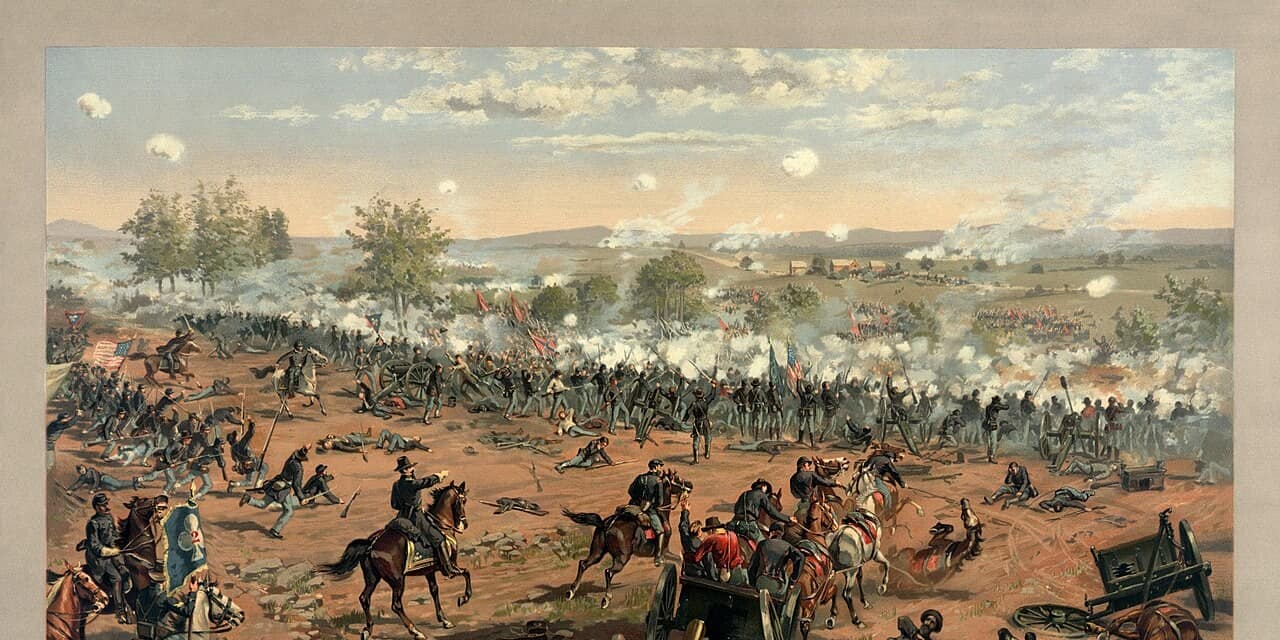Most Americans remember or are at least aware, of the largest battles of the Civil War. Gettysburg and Antietam, Shiloh and Vicksburg, the capture of Atlanta and Sherman’s March to the Sea, are relatively well-known. All were critical events in American history. Much of the Civil War though was fought through battles on a smaller scale, from skirmishes between patrols to raids on opponent’s towns, docks, and markets. These battles are forgotten to history, other than in local lore and highway markers which recall the event. Even those are often ignored. Naval engagements along interior rivers are often overlooked, other than as a part of the overall campaign in which they took place. Many cavalry skirmishes and raids are included in this category as well.
As in all wars, military patrols operated in the no man’s land separating the contending armies, and often led to brisk firefights which often escalated. More often though, they led to disengagement, despite inflicting casualties. Foraging parties often found themselves confronted by enemy militia, and were forced to fight. The troops and civilians who engaged in these forgotten battles were as courageous as the heroes of Gettysburg, but little exists in the ways of memorials to their heroism. They are part of the grim, personal nature of the American Civil War, which altered the nation in ways still not fully understood. Today, remembrances of the Civil War continue to divide the nation. Remembering some of its long-forgotten conflicts may help close some of the divides. Here are some of the forgotten battles of the American Civil War.

1. The Battle of Palmito Hill took place after the Confederacy had collapsed in 1865
Fought during the second week of May 1865, with the contending commanders aware of the surrender of the main Confederate armies, the Battle of Palmito Hill is seldom mentioned in histories of the Civil War. One reason for the omission is that the cause of the battle remains little understood. By early May 1865, both sides had honored a tacit agreement to avoid further combat and bloodshed for several months. Both sides were aware of the collapse of the Confederacy and the surrender of the main Confederate armies. The 1,900 man brigade of Union troops in the area comprised a unit of Indiana volunteers, most of whom were veterans of prior combat, as well as two regiments of “colored” troops, the 87th and 62nd United States Colored Infantry. In some histories, the 62nd is described as dismounted cavalry.
Some claim the dismounted cavalry needed horses, the capture of which provided motivation for the battle. Others state the unit’s commander, a White officer by the name of Theodore H. Barrett, launched the attack on the Confederate troops out of a desire for glory. Still, others cite the confiscation of about 2,000 bales of cotton to be sold as plunder as the cause of the Union attack. Whatever the reason, Union troops attacked Confederate encampments on May 12, and after some gains withdrew. The following day they attacked again, and after sharp fighting was repulsed. The numbers of killed and wounded are unreliable, though it is widely believed the last battlefield casualty to be killed in the war occurred during the fighting (Pvt. John Williams, 34th Indiana Volunteers). Like everything else about this forgotten battle, that assertion is also debatable.

